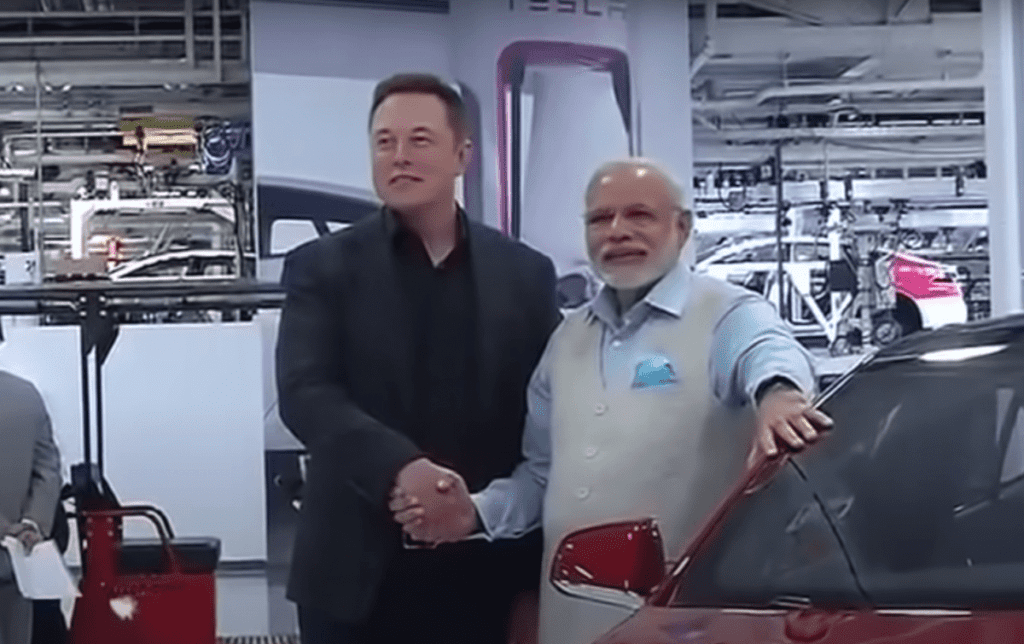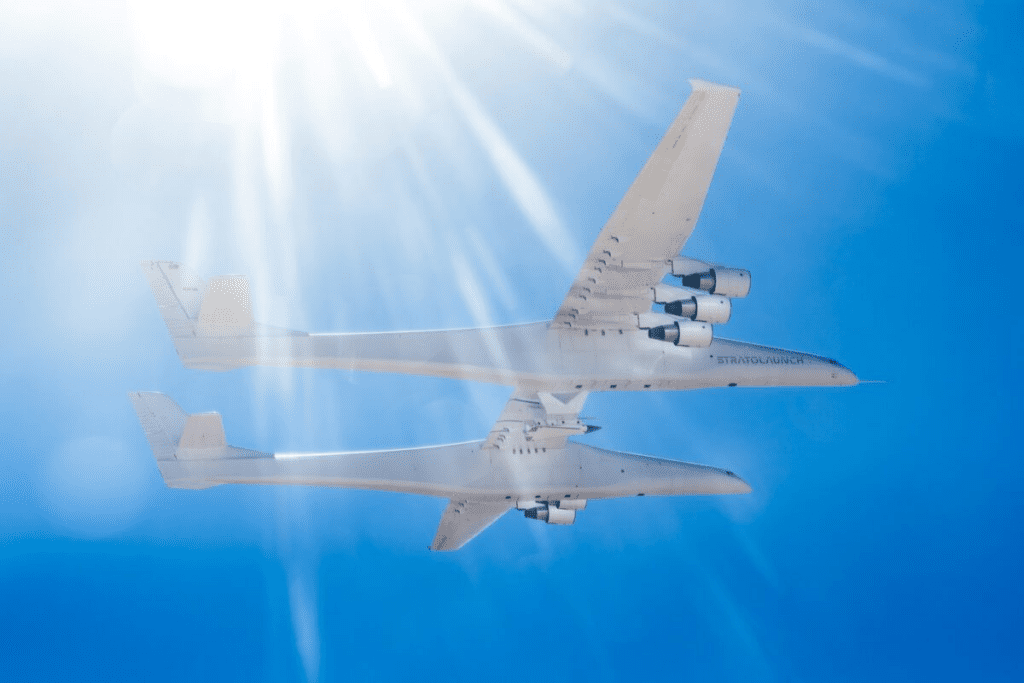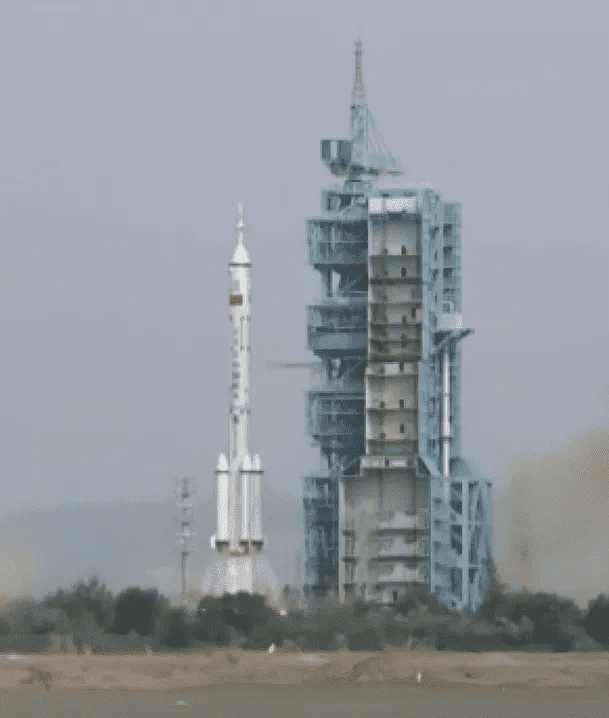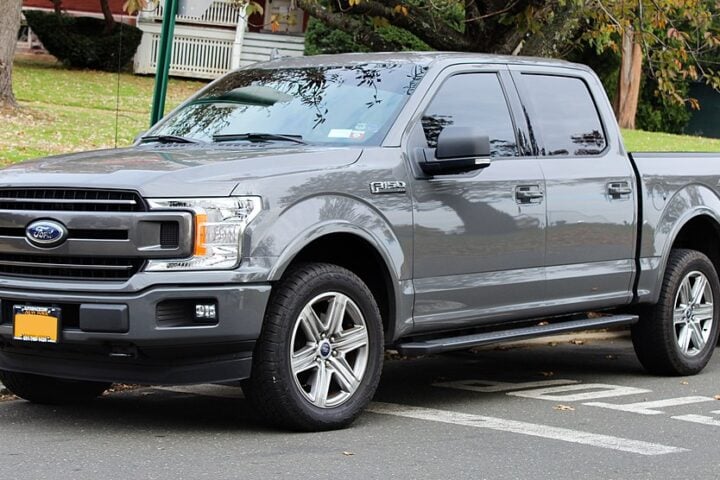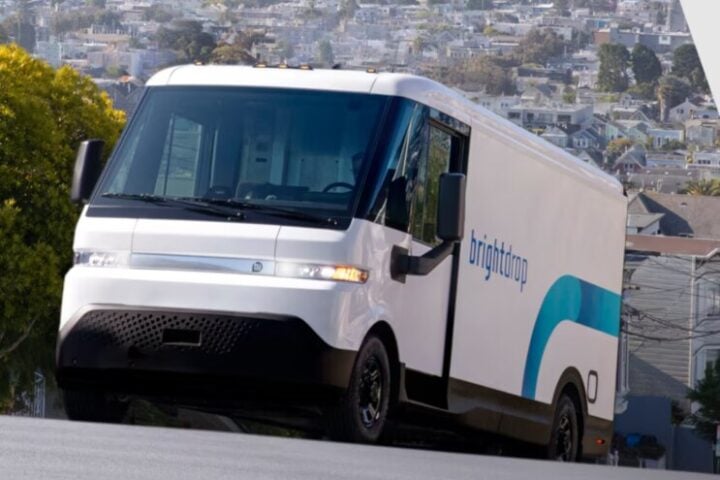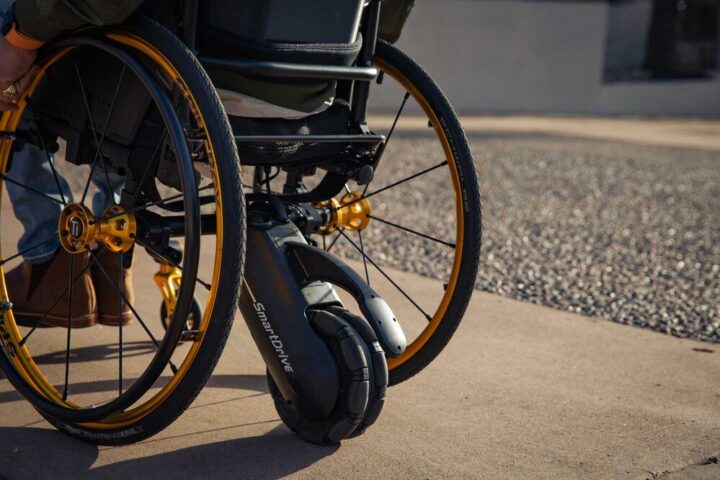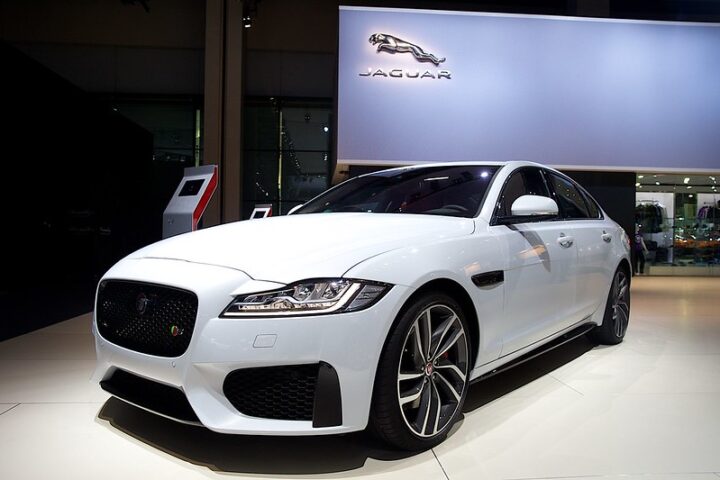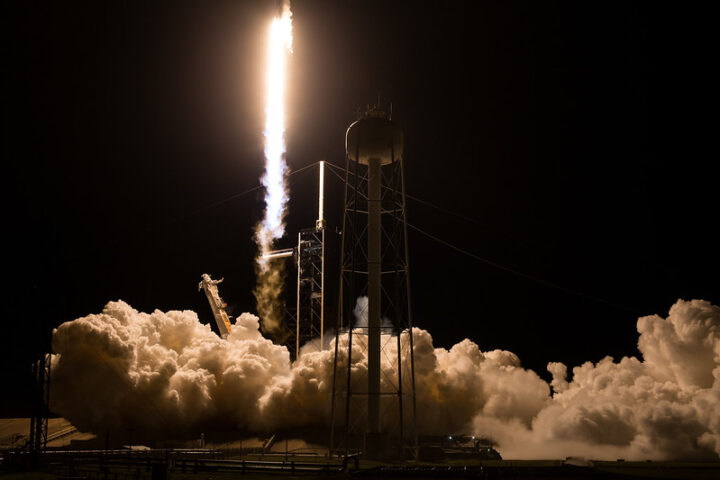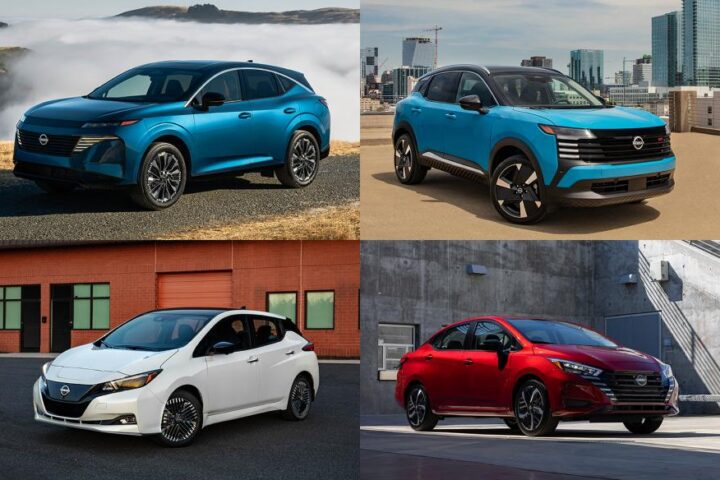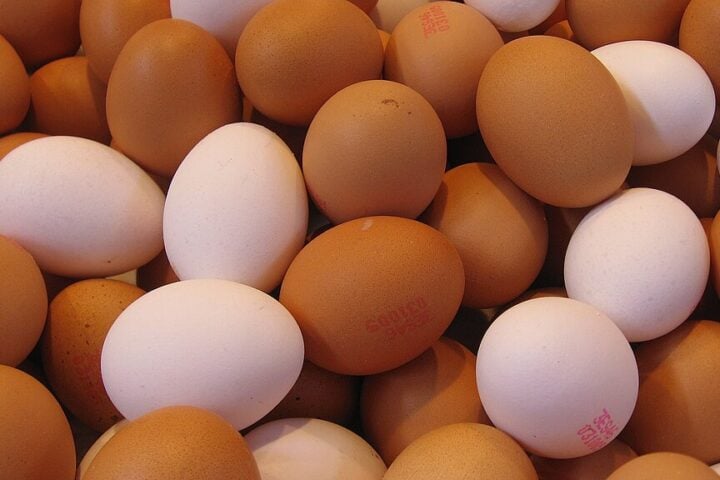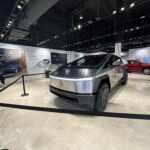In order to explore opportunities in India’s electric vehicle market, a high-ranking delegation from Tesla Inc. met with Union Commerce Ministry officials in New Delhi. Facing initial opposition from domestic automakers regarding reduced import duties, Tesla has been trying to enter the Indian market for the last 2 years.
Tesla was advised by the Indian government to assemble cars in India using the completely knocked down (CKD) method, which incurs a lower duty of 10% compared to 70% for imported cars exceeding $40,000.Work has been commenced by Ola Electric, an electric vehicle maker, on its first cell factory in India, planning for it to be the country’s largest and one of the world’s largest cell factories.
Sharing images and a video showcasing the ongoing work, Bhavish Aggarwal, Ola CEO, announced the construction progress of the Cell Giga factory. There is an alignment between the establishment of Ola Electric’s gigafactory and Tesla’s negotiations with the Indian government to set up its own manufacturing plant in the country.
In order to reduce dependence on China, Taiwan, Japan, and Korea for battery cells, Ola Electric plans to launch its own lithium-ion cell by the end of 2023. The expected initial capacity of 5 gigawatts of Ola Electric‘s gigafactory may make it India’s first and largest lithium cell manufacturer. Driving the need for multiple gigafactories worldwide, interest in Tesla in India stems from its ambitious plan to produce 20 million electric cars per year by 2030.
To reduce reliance on Chinese production and sales is the aim of Tesla, leading to a renewed interest in the Indian market as it plans for a more affordable EV targeting Asian, Latin American, and American markets. Significant changes in the landscape of luxury cars and EVs are foreseen by industry analysts, as they present a substantial opportunity for Tesla despite the current smaller luxury car market and lower EV sales in India.
The primary focus of the Ola Giga factory, located in Krishnagiri, Tamil Nadu, will be on manufacturing lithium-ion cells for bikes before expanding to the broader market. Manufacturing motorcycles, lithium-ion cells, and entering the commercial vehicle space to diversify its product offerings are among Ola Electric‘s priorities for 2023.
The investment focus on small and lightweight commercial vehicles is emphasized by Bhavesh Aggarwal, along with the launch of additional products alongside lithium-ion cells. The attention of global players like Tesla and Ola Electric has been attracted by India’s growing electric vehicle market and the government’s push for clean energy initiatives. The country’s goal of reducing carbon emissions and promoting sustainable transportation will be helped by the establishment of manufacturing plants by Tesla and Ola Electric in India.
Job opportunities will be created by the development of local manufacturing capabilities for electric vehicles and lithium-ion cells, bolstering India’s economy. The global transition towards sustainable mobility will be helped by the expansion of EV production in India, reducing reliance on fossil fuel-powered vehicles.
